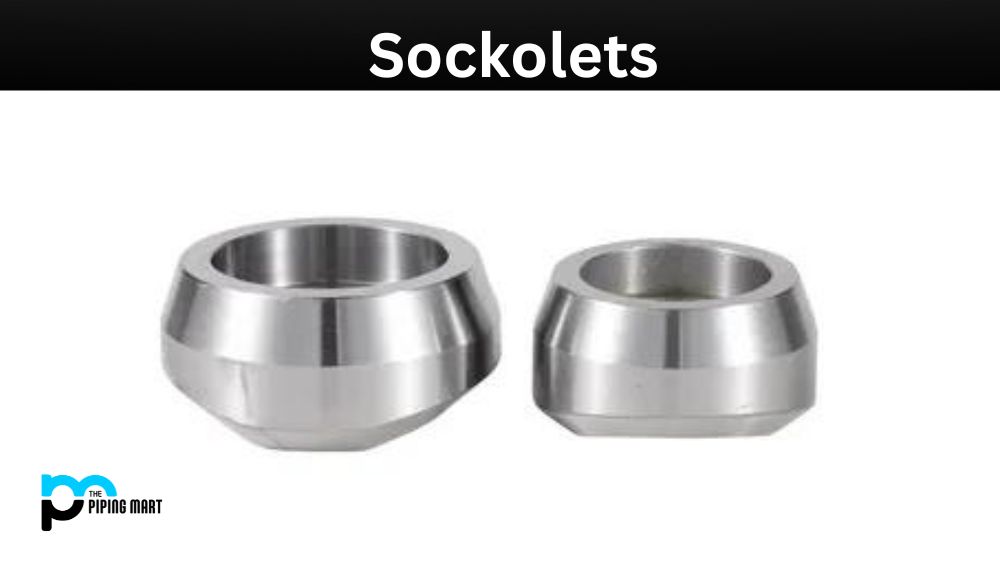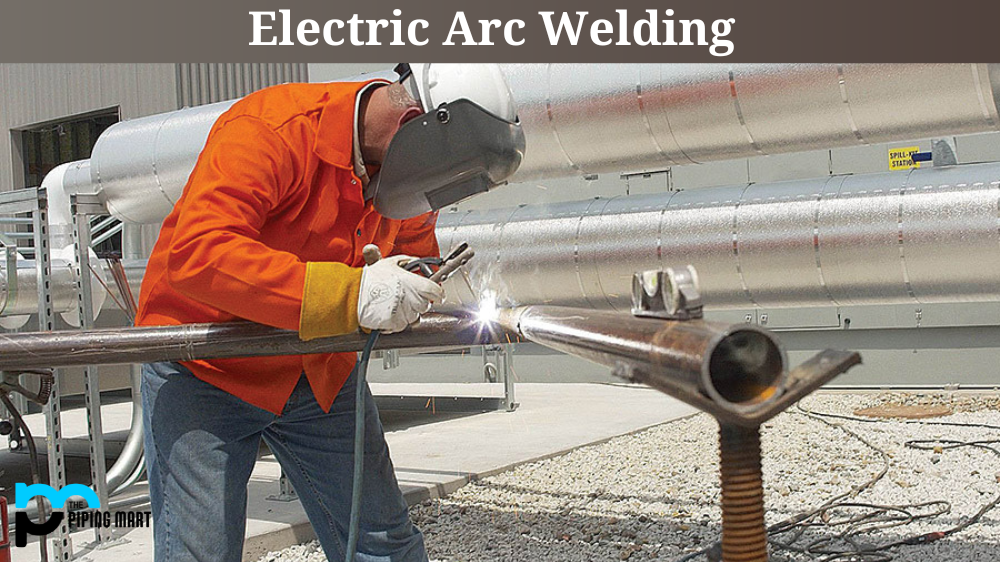Vacuum casting is a manufacturing process that uses silicone moulds to create precise replicas of objects. It’s a popular choice for creating plastic parts in low volumes due to its quick turnaround time and high level of accuracy. But what are the advantages and disadvantages of vacuum casting? Let’s take a closer look.
Advantages of Vacuum Casting
One of the biggest advantages of vacuum casting is its affordability. Since you only need to produce one mould, it eliminates the cost associated with producing multiple metal moulds used in traditional manufacturing processes like injection moulding. This makes it ideal for prototyping or creating small batches of plastic parts quickly and accurately. It’s also great for producing intricate details, such as textured surfaces or small components that are difficult to achieve with other processes.
Vacuum casting also has short lead times since the entire process can be completed within days instead of weeks or months, like other methods. This makes it perfect for businesses that need prototypes rapidly or want to test out new designs before committing to more expensive manufacturing processes. It also reduces waste since you can make small batches as needed instead of overproducing parts, which can then go unused.
Increased accuracy
One of the primary advantages of vacuum casting is that it is a very accurate process. This is due to the fact that the mould is created using a 3D model, which ensures that the finished product will be an exact replica of the model. Additionally, the mould is made under vacuum conditions, which eliminates any air bubbles that could cause imperfections in the final product.
Reduced production costs
Another advantage of vacuum casting is that it can help to reduce production costs. This is because the mould can be reused multiple times, which means that less material needs to be used overall. Additionally, the process is relatively quick and does not require expensive equipment, which further reduces production costs.
Increased flexibility
Vacuum casting also offers increased flexibility when compared to other manufacturing processes. This is because it is possible to create moulds for products of any size or shape. Additionally, the process can be used to create products with complex designs or features that would be difficult to produce using other methods.
Minimal waste
Another benefit of vacuum casting is that it produces very little waste. This is because the mould can be reused multiple times, which means that there is no need to dispose of it after each use. Additionally, any excess material can be recycled and used again, further reducing waste.
Quick turnaround time
Finally, vacuum casting offers a quick turnaround time from design to finished product. This is due to the fact that the mould can be created quickly and easily using a 3D model. Additionally, once the mould has been created, the casting process itself is relatively quick and does not require a lot of time or effort.
Disadvantages of Vacuum Casting
The biggest disadvantage is the limited lifespan of the moulds used in the process. Silicone moulds degrade over time, meaning they will eventually wear out after numerous cycles and need to be replaced entirely. This isn’t an issue if you only plan on using vacuum casting for prototyping or creating low volumes, but it could become costly if you plan on using it for higher-volume production runs. Additionally, there are some materials that cannot be easily replicated using vacuum castings, such as metals or glass-filled plastics, so keep this in mind when deciding which process is best for your needs.
Chemical Composition
Monel is an alloy of nickel and copper with small amounts of iron, manganese, carbon, and silicon. Brass is an alloy of copper and zinc. The proportions of these metals can vary, but typically, brass contains around 70% copper and 30% zinc.
Strength and Durability
Monel is stronger than brass, making it more resistant to wear and tear. Monel is also more resistant to corrosion than brass.
Uses
Monel is often used in marine applications due to its resistance to saltwater corrosion. It is also used in oil and gas production, as well as chemical processing. Brass is commonly used in plumbing applications due to its resistance to water corrosion. It is also used in musical instruments and decorative applications.
Cost
Monel is more expensive than brass due to its higher nickel content.
Recyclability
Both monel and brass can be recycled.
Conclusion:
Vacuum casting is an affordable and accurate way to quickly produce plastic parts in low volumes without sacrificing quality or detail. It’s ideal for prototyping, testing out new designs, or producing small batches with complex features quickly and efficiently. However, it’s important to remember that silicone moulds have a limited lifespan, and some materials may not be suitable for use with this method, so always consider your specific needs before deciding whether vacuum casting is right for you!

A passionate metal industry expert and blogger. With over 5 years of experience in the field, Palak brings a wealth of knowledge and insight to her writing. Whether discussing the latest trends in the metal industry or sharing tips, she is dedicated to helping others succeed in the metal industry.




